The joy of year-round gardening in the best winter greenhouse for cold, wind, and snow
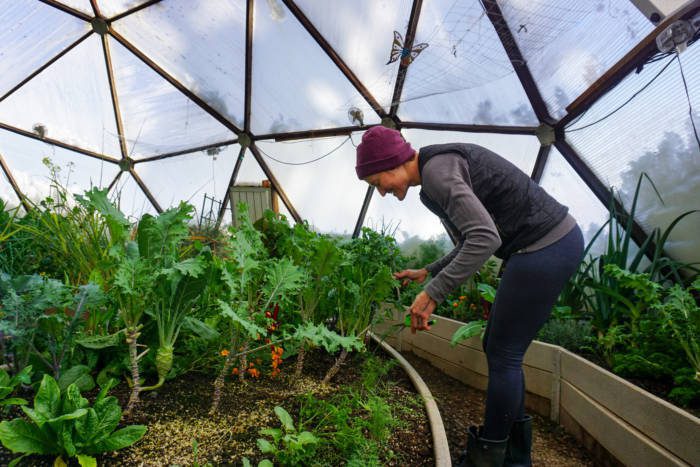
Year-round gardening in your Growing Dome winter greenhouse is an amazing experience. Walking in your dome from the lifeless vegetation outside into a thriving garden is both enlightening and empowering.
The ability to grow fresh produce year-round is a significant benefit of the Growing Dome geodesic greenhouse kit. Furthermore, winter greenhouse gardening is possible without supplemental heat, as long as you grow cold-tolerant plants.
The Growing Dome Greenhouse is designed as a self-sufficient, net-zero energy structure. It can grow food year-round in most climates of the United States, without additional heating systems, even in the heart of winter.
How does it work?
Through the design of its systems, the Growing Dome Greenhouse comes equipped with its internal heating sources…the above-ground pond thermal mass, and the solar-powered central air system.
In addition, given the amount of insulation, heat sinks, and the inherent energy efficiency of its geodesic shape, it requires a third less energy than a traditional greenhouse. It can withstand winter temperatures down to zero outside while not freezing inside.
With over 30 years of experience, we know that the design is sound and practical, which means that we have confidence that you can grow winter frost-hardy plants without additional heating of your Growing Dome Greenhouse.
To Heat or Not to Heat?
There are still a few reasons why you might want to heat your greenhouse in the winter.
- You are growing tropical plants, tomatoes, or plants that like warmer temperatures year-round
- You live in a zone that gets <50% sunlight per day in the winter
- Temperatures consistently get into the single digits or below at night in the winter
- You live in a northern climate, USDA planting zone 4 or lower
Growing Dome Winter Greenhouse Heat Loss Calculation Spread Sheet
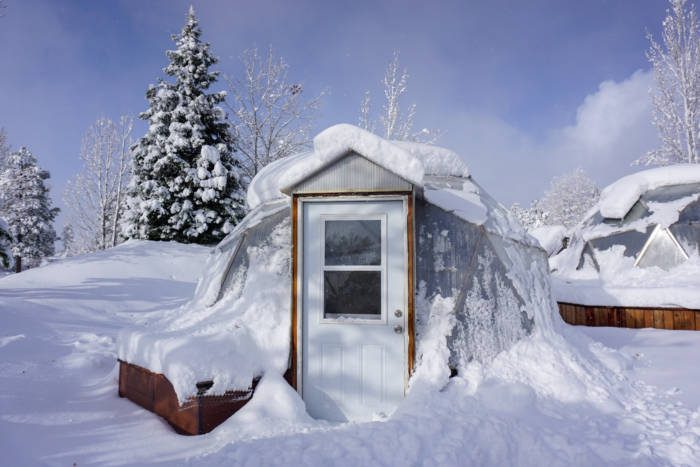
This article shows what plants thrive in the winter without supplemental heat, but we will also recommend when and what type of heaters you should use in your Growing Dome Greenhouse.
Calculate precisely how much heat is required to reach the desired temperature inside your Growing Dome.
Click Here For The Heat Loss Spread Sheet
Heating Your Growing Dome Greenhouse In Winter Falls Into Three Main Levels Of Heating
First Level: Unheated greenhouse.
Second Level: Heating if the temperature gets into the single digits.
Third Level: Never letting the Growing Dome freeze.
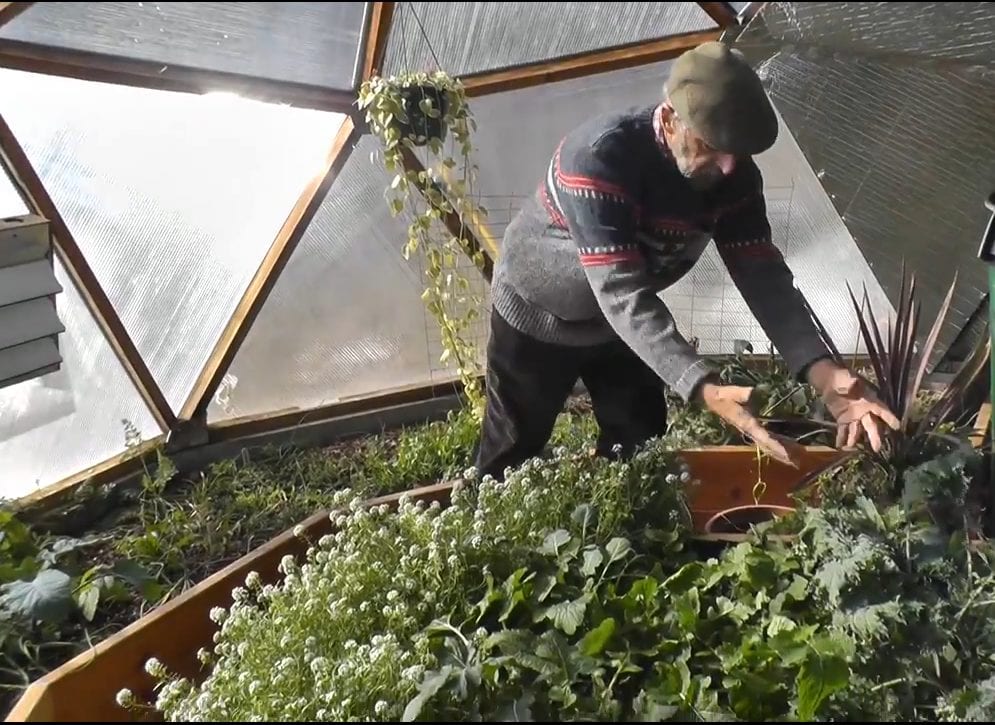
No Heating
“I have a number of friends here in Pagosa Springs, Colorado, who have chosen not to heat their Growing Dome greenhouses.
I have only heated my personal 22′ Growing Dome for one week in 15 years. That was after a week of no sun, followed by temperatures in the negative 20s! A little ice forming on the tank inspired me to heat it.” – Udgar Parsons, Growing Spaces Founder.
Heating When Temperatures Drop Into Single Digits
At Growing Spaces®, we tend to heat our Growing Domes when the temperature dips into single digits. We want to encourage growth throughout the winter, maintain winter produce for our staff, and present an inspiring environment for our customers to see.
“Today’s high was 21 degrees Fahrenheit, and tonight will likely be in the minus teens. If we didn’t heat, the fig trees would survive and maybe some plants in the central bed like our cold-hardy vegetables, but all pond plants would die.” – Heather Gray, Growing Dome Gardener and Educator (February 3rd, 2022)
We currently heat our Growing Domes in Pagosa Springs, Colorado, with small ceramic and radiant heaters. Electricity has been the more efficient option for us on account of our new solar panel additions. We also have Dyna Glo Tank Top heaters as a backup in our larger domes for when nights get into the sub zeros as small ceramic heaters don’t put out a lot of heat.
Never Letting The Growing Dome Freeze
A lot of people have frost-sensitive plants, including citrus and subtropical varieties of shrubs.
Growing Spaces recommended a Southern Burner heater in the past, but they have since gone out of business.
For our smaller Growing Dome greenhouses, we highly recommend a Mr. Heater from 9000 BTU to 14,000 BTU in the winter. For our larger Domes, in addition to the Dyna Glo Tank top heaters, we have found success with a 30,000 BTU Propane Vent-Free Blue Flame Wall Heater from Mr. Heater. It also has an excellent thermostat.
If you use a heater of this kind, there will be more condensation on the polycarbonate, which drips down inside. Some people have thought their dome was leaking, but this is usually not the case.
Aside from our recommendations, we highly suggest hearing from other winter greenhouse gardeners in our private group Growing Dome Owners. There you will find stories from dome gardeners using tank heaters, electric heaters, gas heaters, and even pellet or wood-burning stoves.
Here is another article on Heating the Growing Dome during the Winter months and a post written by a customer on Heating, Building, & Enjoying the Growing Dome.
Winter Gardening in a Growing Dome Greenhouse: No Heat Required
Frost Hardy Vegetables for Successful Winter Greenhouse Gardening
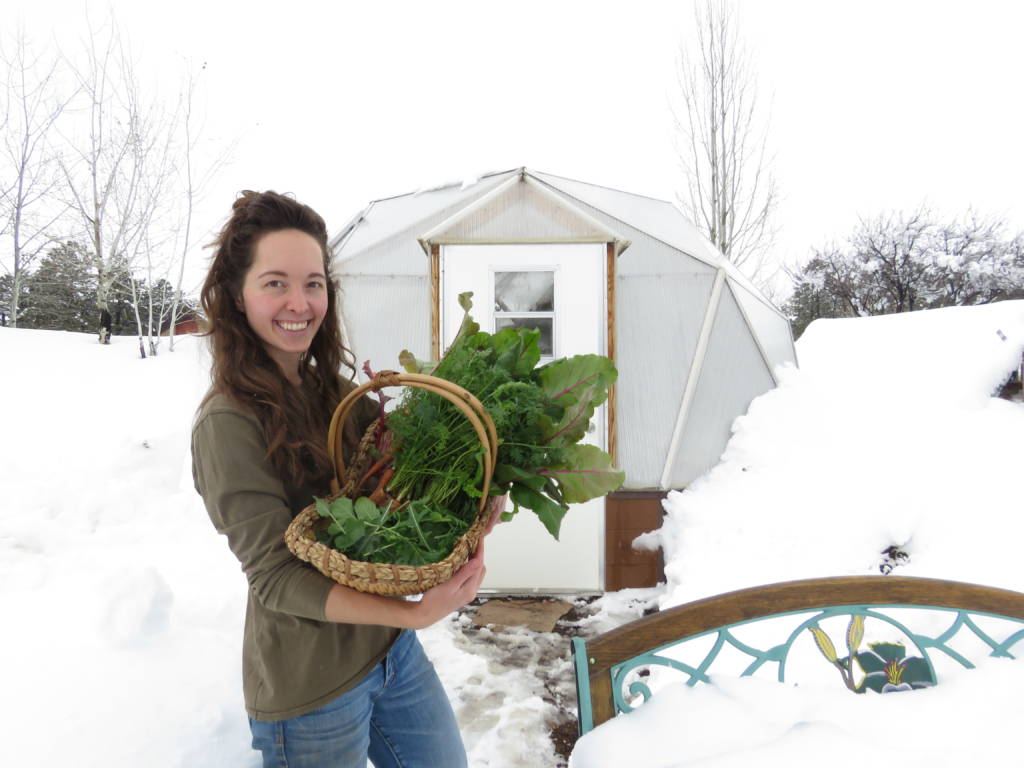
The best time to start your winter growing season is in late August or early September, but we have had success with fast-growing crops as late as October. Most perennial crops, like oregano, will live happily in the geodesic greenhouse year-round, but it is best to start them in the spring so they have plenty of roots and shoots before winter.
The following cold-hardy crops, categorized by their scientific family names, focus on edible herbs, leafy greens, various lettuces, and root vegetables. This list is by no means exhaustive. Fruiting crops like tomatoes or cucumbers are best started in late winter or early spring and grown all summer. Tomatoes can make it through the winter and live for years if properly maintained and fed, but it takes extra effort, time, and energy, depending on your climate.
These winter vegetables and medicinal crops have been grown successfully through the cold season in our Growing Dome greenhouse kits without supplemental heat. For a full planting schedule for all times of the year, click here.
Amaranthaceae Family
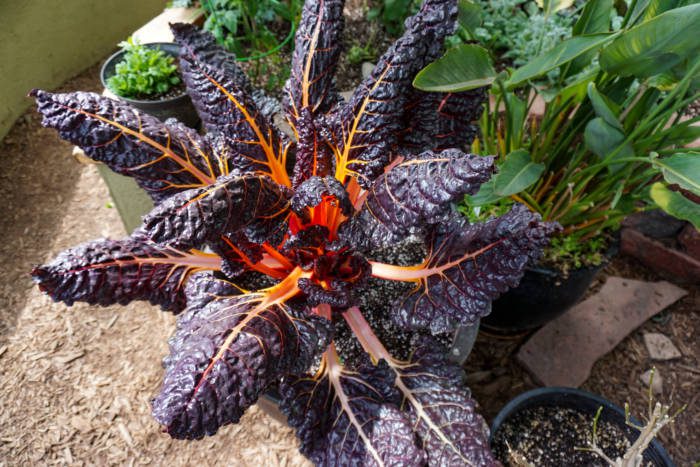
Beet
Spinach
Swiss Chard
Amaryllidaceae Family (aka. Amaryllis Family)
Chives
Garlic
Garlic Chives
Green or Bunching Onions
Leek
Onion
Shallot

Apiaceae or Umbelliferae Family (aka. Carrot, Celery, or Parsley Family)

Carrots
Celeriac
Celery
Chervil
Cilantro (aka. Coriander)
Dill
Fennel
Lovage
Parsley
Parsnip
Asteraceae Family (aka. Daisy Family)
Burdock
Calendula
Chamomile
Chicory (Endive)
Lettuce
Radicchio
Salsify
Stevia
Tarragon
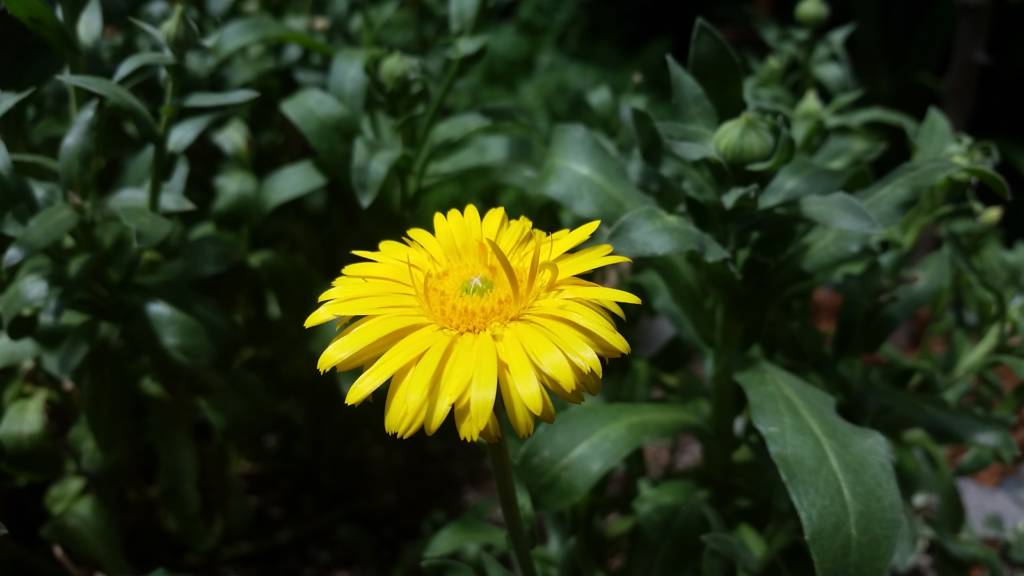
Boraginaceae Family
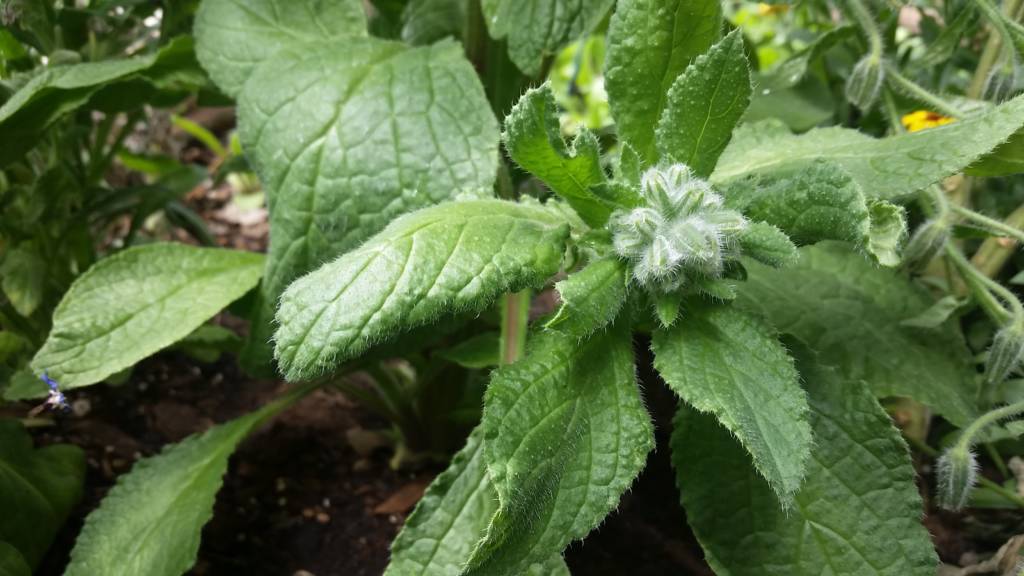
Borage
Comfrey
Brassicaceae Family (aka. Cabbage, Cruciferous, or Mustard Family)
Arugula
Bok Choy
Broccoli
Brussels Sprouts
Cabbage
Cauliflower
Collards
Kale
Kohlrabi
Komatsuna
Mizuna
Mustard
Raddish
Rutabaga
Tatsoi
Turnip
Watercress

Fabaceae Family (aka. Bean, Legume, or Pea Family)
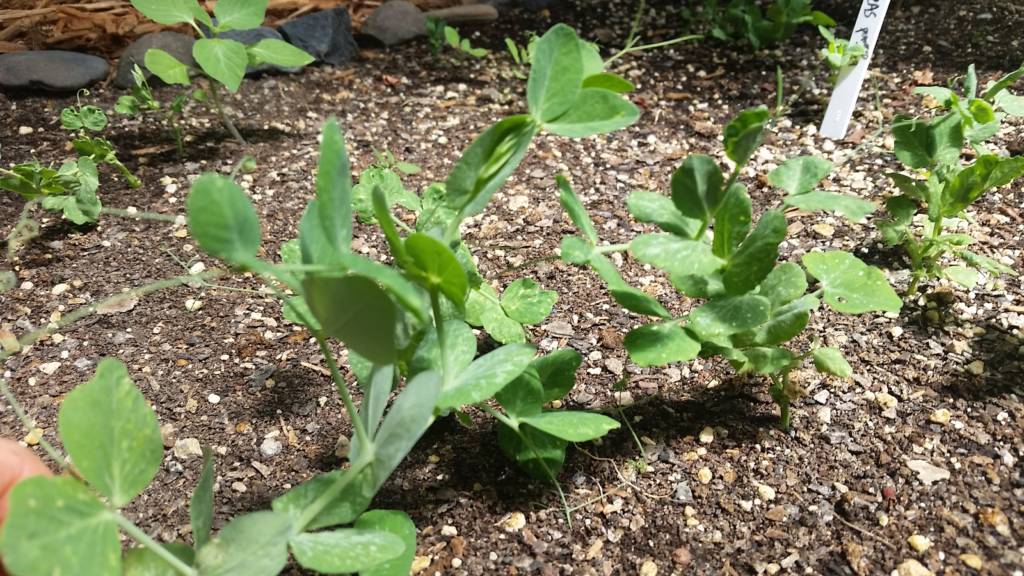
Fenugreek
Sweet Pea or Sugar Snap Pea
Snow Pea
Lamiaceae or Labiatae Family (aka. Mint, Sage, or Deadnettle Family)
Bee Balm
Bergamont
Catnip or Catmint
Lavender
Lemon Balm
Marjoram
Mint
Oregano
Rosemary
Sage
Savory (winter)
Thyme

Tropaeolaceae Family (aka. Nasturtium Family)
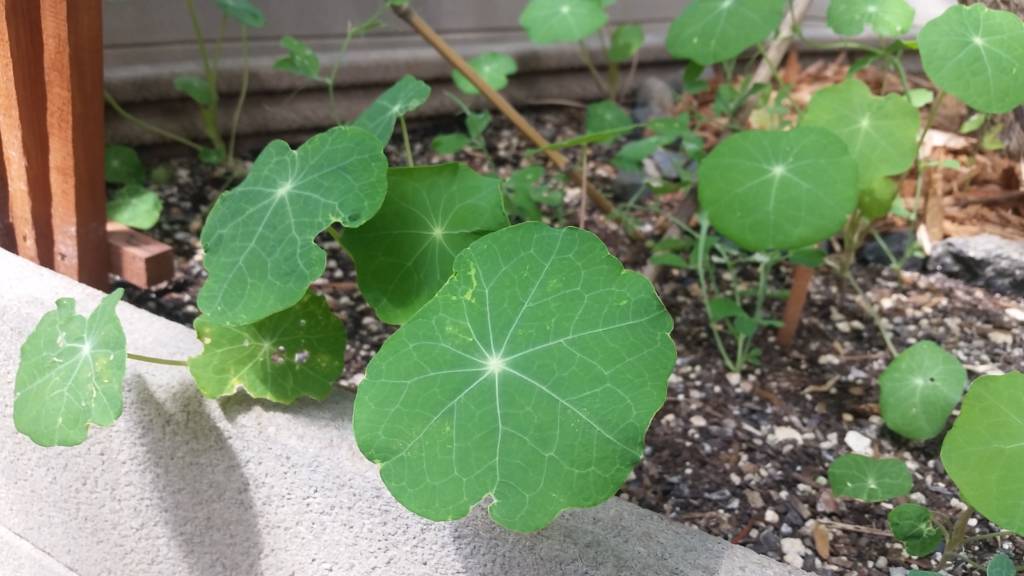
Nasturtium
Don’t hesitate to contact us if you’d like to get more information on Growing Domes. To receive more informative gardening and Growing Dome articles, please sign up for our monthly newsletter, “The Happy Grower”.
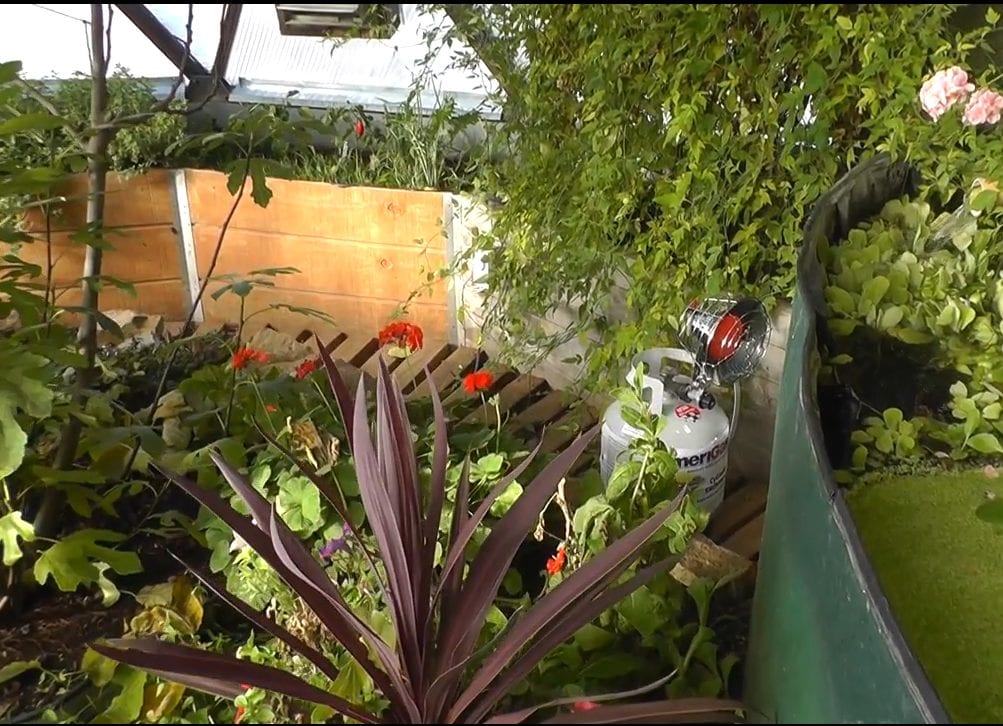

2 Comments
I plan on getting the largest greenhouse around September. I have 2 questions for now. Can I have a 5′ deep hole w/cement floor and sides and put the greenhouse on top? I can’t build an underground monolithic dome house for 2 or 3 years. Can I use the center of the greenhouse for storage of my boxes of my packed items?
Hi Gloria,
That sounds exciting! Give our office a call and one of our dome advisors can answer all your questions. They can also tell you if anyone near you has a dome that you could go and see. They are in the office M-F 8 am – 5 pm Mountain time. The phone is 800-753-9333.